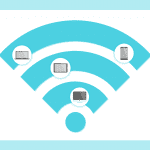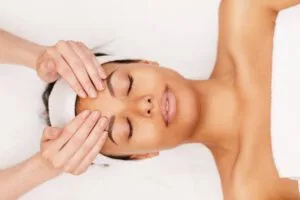The rise of second-generation anti-androgens brings first-line treatment therapies for hormonal imbalances. Androgen is a special hormone that enhances the development of sexual characteristics.
Typically, the levels of androgen hormones are higher in men than in women. However, too much androgen level can lead to various complications.
This includes cancer and excess facial hair. Doctors may prescribe an anti-androgen therapy to help manage these conditions.
But how does anti-androgen therapy work? It’s imperative to understand that anti-androgen treatments don’t inhibit androgen production. Instead, they block the effects and symptoms of excess androgen.
There are various types of androgen treatments, usually applied alongside other medications. This article highlights seven uses of anti-androgen therapy.
1. Anti-Androgen Treatment for Prostate Cancer
Androgen receptor antagonist therapies can help manage prostate cancer. They prevent the cancerous cells from multiplying. In most cases, these therapies can also shrink any existing tumors within the body.
Prostate cancer cells feed on androgen at early stages. Anti-androgen treatments lower the hormone levels or block them from reaching cancerous cells. This slows down their growth through starvation.
2. Polycystic Ovary Syndrome (PCOS)
Polycystic Ovary Syndrome occurs in women with abnormal male hormone levels. PCOS can lead to irregular ovulation, making it difficult for the patient to get pregnant. It can also trigger facial hair.
Anti-androgen treatments can help address this hormonal imbalance and relieve associated symptoms. Moreover, it can prevent long-term health risks such as diabetes.
3. High Blood Pressure Complications
Nearly all chronic health complications in men emanate from imbalanced serum androgens. This means lower androgen levels can be a risk factor for high blood pressure. In women, polycystic ovary syndrome can also trigger cardiovascular complications.
Anti-androgen treatments can help mediate the fluctuating blood pressure caused by these complications.
4. Anti-Androgen Therapy for Transgender Women
Transgender women usually experience high levels of androgen hormones. This increases testosterone levels, which in turn enhances the development of male characteristics. Some women may start to develop facial hair and masculine traits.
Doctors administer anti-androgen alongside estrogen treatments. Androgen receptor antagonist treatments suppress masculinity traits. Estrogen therapies enhance the development of female characteristics such as breasts.
5. Hormonal Acne
Topical anti-androgens with inflammatory properties can help treat hormonal acne. Acne disorders result from excess sebum production. Your skin may secrete excess sebum due to pathogenic factors such as bacteria. Acne patients also experience an altered lipid composition.
Patients can apply topical anti-androgens to inhibit sebocyte activity in the body. Direct binding of this treatment to androgen receptors induces lipids production. It also activates inflammatory pathways.
6. Male Pattern Baldness
Male pattern baldness symptoms such as androgenetic alopecia can affect ego and self-esteem. Fortunately, innovative anti-androgen treatments can help increase hair diameter and density.
Safe androgen receptor antagonists such as RU58841 can increase hair growth in the anagen phase.
7. Hair Loss Treatments in Women
Women are in a more difficult position when it comes to androgenetic alopecia. Anti-androgen treatments for hair loss work by increasing root sheath cellular proliferation. This helps retain existing hair follicles and prevent further damage.
You Can Treat Hormonal Imbalances
Hormonal imbalance can cause symptoms that trigger stress and anxiety. It can also be an avenue for more complicated chronic diseases such as cancer. Early treatment with anti-androgen therapies can help address these symptoms.
Explore this site to access more articles on anti-androgen treatments.









